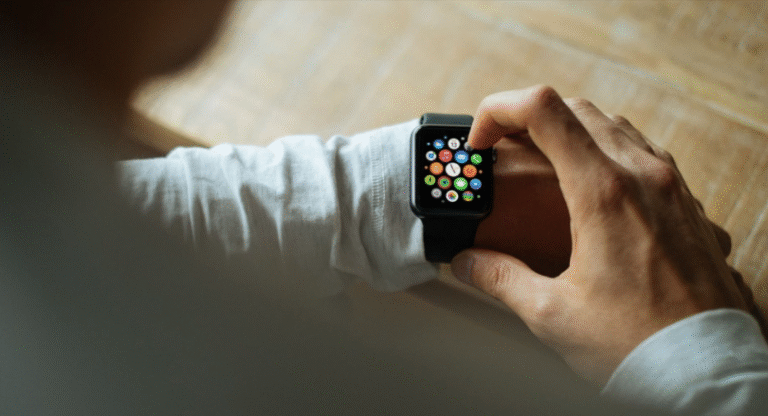What’s Next for Augmented Reality in Retail?
The evolution of augmented reality in retail is poised to significantly alter consumer engagement. As technology advances, retailers can expect more personalized and interactive shopping experiences. Virtual fitting rooms and immersive displays are just the beginning. However, challenges remain in implementation and user acceptance. What strategies will retailers adopt to overcome these hurdles, and how will they leverage AR to redefine consumer interactions? The answers could shape the future landscape of retail.
Emerging Trends in Augmented Reality for Retail
How are retailers leveraging augmented reality (AR) to enhance customer experiences and streamline operations?
Emerging trends showcase the integration of virtual fitting rooms, allowing consumers to try on apparel digitally, reducing return rates.
Additionally, interactive displays are transforming store layouts, engaging customers through immersive content.
These innovations not only improve shopping efficiency but also empower consumers with personalized experiences, fostering a sense of freedom in their choices.
Enhancing Customer Experiences Through AR Technology
Retailers are increasingly harnessing augmented reality (AR) technology to create more engaging and personalized shopping experiences.
Virtual try-ons allow customers to visualize products on themselves, enhancing satisfaction and reducing return rates.
Meanwhile, interactive displays offer immersive information and storytelling, fostering a deeper connection with the brand.
This innovative approach not only captivates consumers but also empowers them to make informed purchasing decisions.
See also: What’s Next for Artificial Intelligence in the Workplace?
Overcoming Challenges in AR Implementation
Although the potential of augmented reality (AR) in retail is vast, its implementation is not without significant challenges.
Key obstacles include effective user interface design, which must ensure intuitive interactions, and seamless technical integration with existing systems.
Addressing these issues is crucial for retailers aiming to harness AR’s capabilities, as overcoming these barriers can lead to enhanced customer engagement and operational efficiency.
The Future of Retail: Predictions and Implications of AR
What transformations can augmented reality (AR) bring to the retail landscape in the coming years? Predictions suggest an evolution toward immersive shopping experiences, featuring virtual fitting rooms that enhance customer engagement.
Additionally, interactive displays will revolutionize product presentation, allowing consumers to explore features dynamically.
These advancements promise to empower shoppers, offering unprecedented freedom and personalization in their retail experiences, ultimately reshaping consumer behavior.
Conclusion
As augmented reality continues to evolve, it serves as a bridge between digital innovation and the tactile world of retail, much like a skilled artisan weaving intricate patterns into a tapestry. This technology not only enhances customer engagement but also streamlines shopping processes, evidenced by a study showing that 61% of consumers prefer retailers offering AR experiences. As retailers embrace this digital frontier, they will cultivate deeper connections with consumers, transforming shopping into a more immersive journey.




